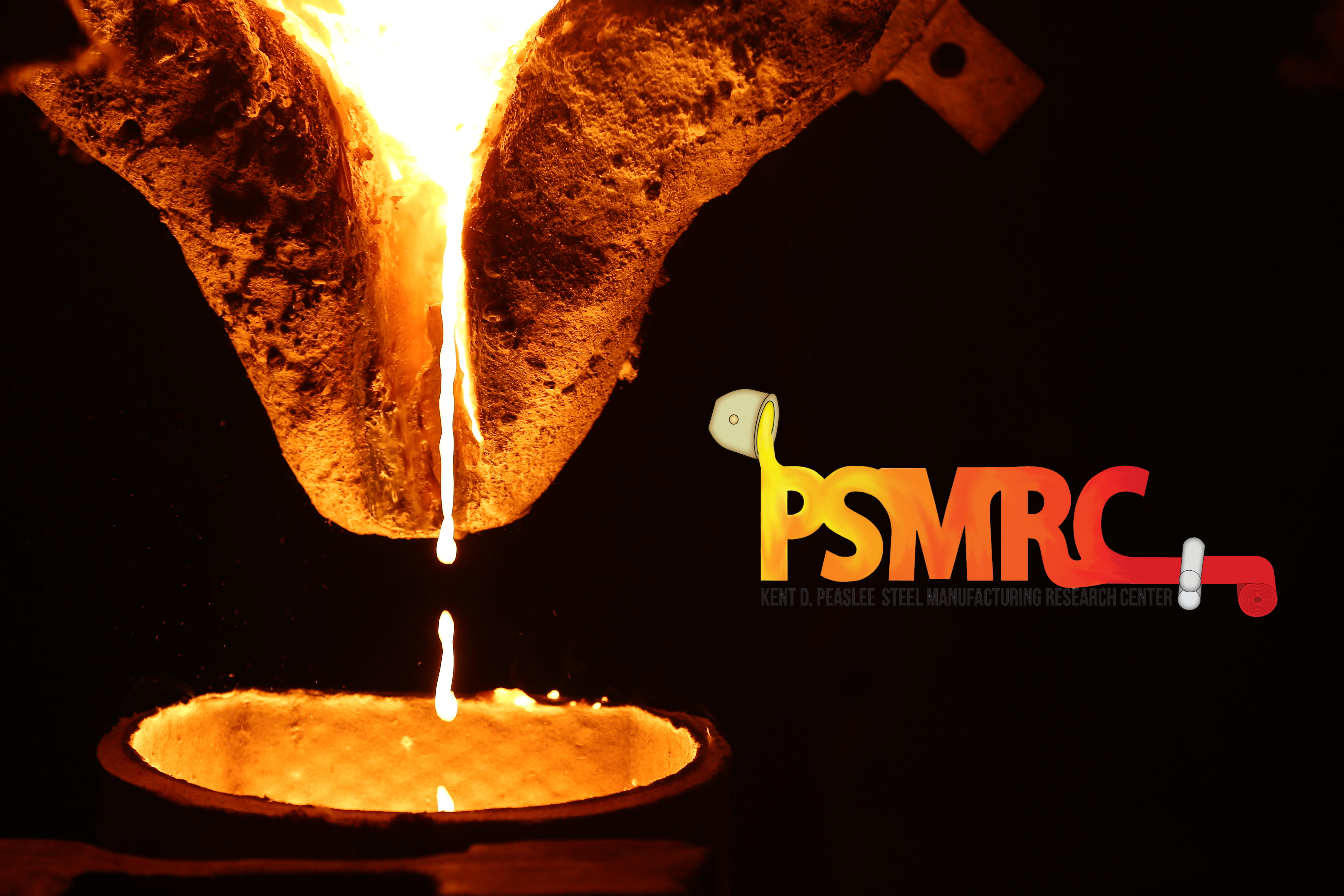Abstract
Direct reduced iron (DRI) and hot briquetted iron (HBI) are essential feedstocks for tramp element control in the electric arc furnace (EAF). Due to greenhouse gas (GHG) concerns related to CO2 emissions, hydrogen as a substitute for natural gas and a reductant in DRI production is being widely explored to reduce GHG emissions in ironmaking. This study examines the melting behavior of hydrogen DRI (H-DRI) pellets in the EAF containing low-carbon (0.1 wt.%) molten steel and molten slag. A computational heat transfer model was developed to predict the melting behavior of H-DRI pellets. To validate the model, a set of experimental laboratory simulations was conducted by immersing H-DRI in a molten steel bath and slag. The temperature history at the center of the pellet during melting and the shell thickness at different melting stages were utilized to validate the model. The simulation results agree with the experimental measurements of steel balls and H-DRI in different metallic molten steel and slag baths.
Recommended Citation
Calderon Hurtado, F.A.; Govro, J.; Emdadi, A.; O’Malley, R.J. The Melting Behavior of Hydrogen Direct Reduced Iron in Molten Steel and Slag: An Integrated Computational and Experimental Study. Metals 2024, 14, 821. https://doi.org/ 10.3390/met14070821
Department(s)
Materials Science and Engineering
Publication Status
Open Access
Keywords and Phrases
hydrogen direct reduced iron (H-DRI); low CO2; steel-making; heat transfer; computational model; hydrogen technologies
Document Type
Article - Journal
Document Version
Citation
File Type
text
Language(s)
English
Rights
© 2024 The Authors, all rights reserved.
Publication Date
17 July 2024



